6 nutrient-dense herbs to grow (or forage)
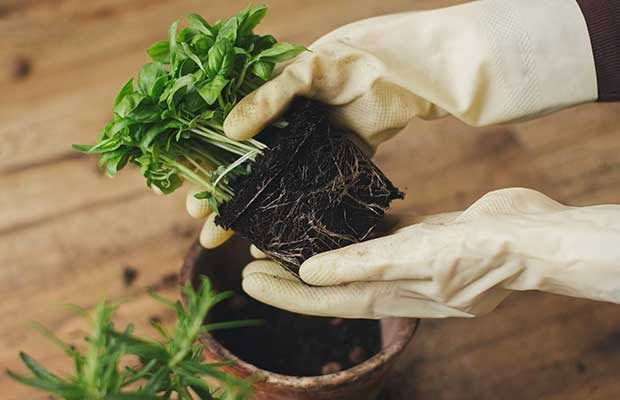
Words: Jane Wrigglesworth
We hear a lot about nutritious superfoods but herbs pack a powerful punch too.
Kale, berries, legumes, nuts, quinoa. There’s a new superfood fad every year, typically rich in nutrients relative to their energy (kilojoule) count while low in sugar, sodium, starches, and ‘bad’ fats. However, there are also highly nutritious herbs you can grow and harvest too. Some are classed as weeds, but as AA Milne wrote, “Weeds are flowers too, once you get to know them.”
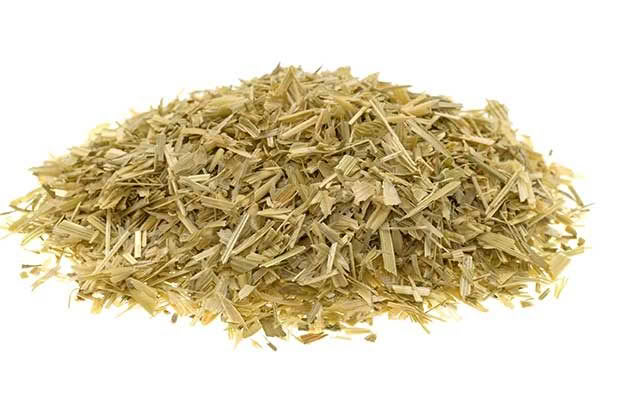
1. OATSTRAW (Avena sativa)
Oatstraw is the dried green stems of the unripe Avena sativa (oat) plant. They’re high in vitamins A, B-complex, C, E and K and minerals iron, calcium, magnesium, manganese, silica, potassium, phosphorus, and zinc. They also contain numerous antioxidant plant compounds, including flavonoids and phenolic acids.
In herbal medicine, oat straw is considered particularly beneficial for heart health and to help with high cholesterol, stress, anxiety, and depression. It’s soothing to the skin too.
HOW TO GROW IT
Oats are annually sown in spring or late summer/early autumn. Broadcast the seeds onto free-draining soil in full sun, lightly cover, and keep moist until the seeds germinate. Water frequently during the growing stage.
THE HARVEST
Harvest while the stalks are still green and the oat seeds are at the milky stage – to check, squeeze immature seedheads and a milky liquid should ooze out. Hang the stalks in small bundles to dry, then cut into small pieces (3-5cm long) and store in an airtight container in a cool, dry room. You can use the seed tops too.
HOW TO USE IT
I use it most for its nourishing properties, adding it to homemade bone broth. For a quicker dose, make a tea: infuse 1-3 teaspoons of dried oatstraw in hot water for 10-15 minutes.
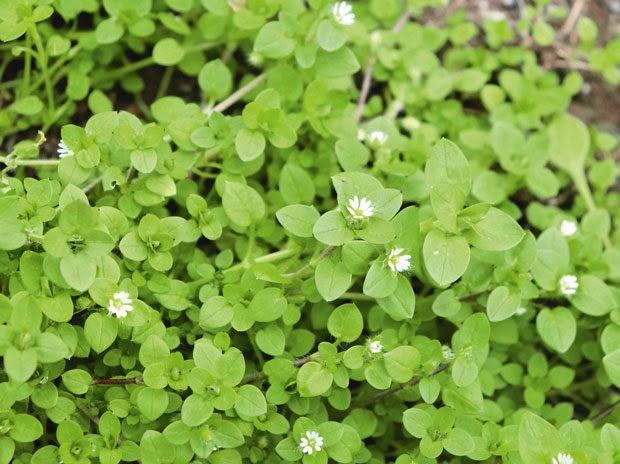
2. CHICKWEED (Stellaria media)
Chickweed is an annual herb that’s ready to harvest in winter and early spring. It will take over any bare soil if left alone, but don’t let its weedy nature put you off. The leaves are tasty in salads and high in nutrients, containing vitamins A, B-complex, C, and D, iron, calcium, copper, manganese, phosphorus, sodium, and zinc. They also contain antioxidants, such as coumarins and flavonoids, and saponins. Research shows these may help reduce cholesterol levels, strengthen immunity, and inhibit tumour growth.
HOW TO GROW IT
Chickweed is an annual and self-seeds everywhere if you let it, so once it’s inyour garden, it should pop up each year. It does best in cultivated soil – if it’s already in your garden, clear a patch of soil and it will usually take advantage all by itself.
THE HARVEST
Harvest just after flowering begins but before the leaves turn yellow. Chickweed has a high water content, so if you want to store it, dry it thoroughly in a dehydrator, or on racks.
HOW TO USE IT
Eat fresh in salads. Dried leaves can be used to make a spring tonic by infusing 1-5g of the dried herb in hot water. It’s excellent for skin conditions, easing itchiness and inflammation – infuse the leaves in oil to make a salve.
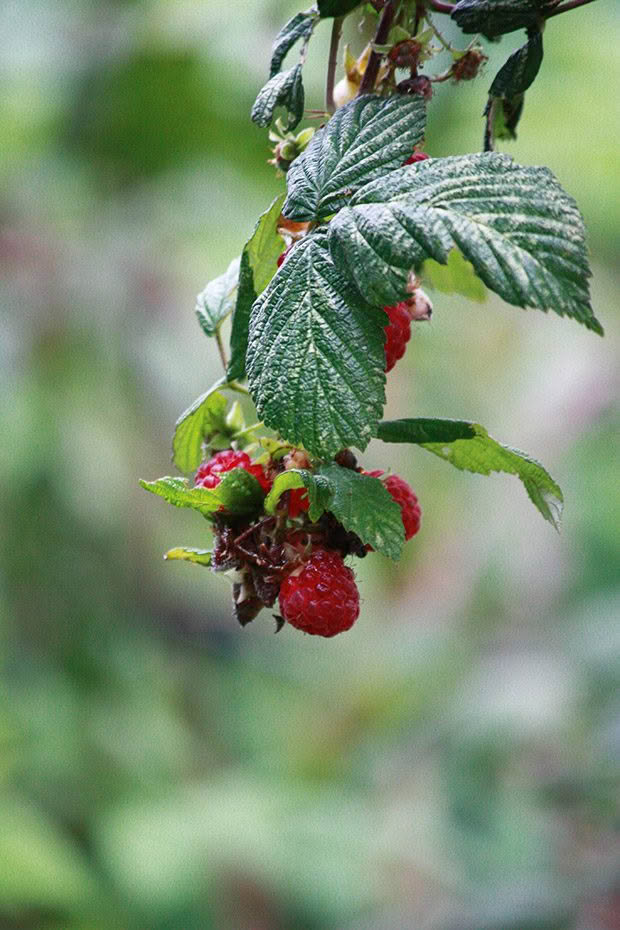
3. RASPBERRY LEAF (Rubus idaeus)
Most gardeners grow raspberries for their delicious berries, but the leaves are rich in nutrients too. They include vitamins A, B-complex, C, and E, iron, calcium, copper, magnesium, manganese, potassium, phosphorus, and zinc.They also contain tannins that have an astringent action, reportedly helping tolower blood pressure, ‘bad’ cholesterols and triglyceride. They’re also high in flavonoids and phenolic acids (both antioxidants). One of the main tannins is ellagic acid, which appears to neutralise certain carcinogens. There’s some evidence to show it does affect menstrual cramps and labour by increasing bloodflow to muscles in the uterus. However, evidence on whether it’s a significantly beneficial effect is (so far) weak in clinical trials.
HOW TO GROW IT
The raspberry plant is easy to grow. Place canes in full sun in humus-rich, free-draining soil.
THE HARVEST
Typically, berries on first-year canes are harvested around December to early January. Remove the leaves after this, once they’re dry. Alternatively, you can pick just a few leaves at any time, as you need them.
HOW TO USE IT
The leaves can be used fresh or dried. The most common use is an infusion (tea) using dried leaves. Hang leaves for 1-2 weeks, spread out on a tray and leave in a dry, shady spot, or use a dehydrator. Add 1 tsp to one cup of boiling water and infuse for 5 minutes.
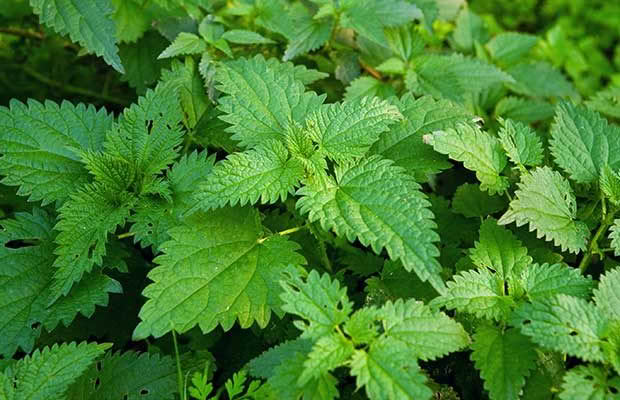
4. STINGING NETTLE (Urtica dioica)
Medical herbalists harp on about stinging nettles because they’re highly nutritious. The foliage contains vitamins A, B2, C, E, and K, iron, calcium, copper, magnesium, manganese, silicic acid, selenium, potassium, and zinc. They’re a good source of essential amino acids and fatty acids, and contain a number of compounds with antioxidant, antihaemorrhagic, anti-inflammatory, and antiasthmatic properties.
In clinical trials, nettles have been found to exhibit antibacterial action against both Gram-positive and Gram-negative bacteria due to the variety and high concentrations of phytochemicals they contain.
HOW TO GROW IT
Stinging nettles are a pest plant in New Zealand. Plants spread easily by seed, rhizomes, and stolons.
THE HARVEST
Be careful when harvesting – wear gloves, long sleeves, trousers, and shoes that cover the feet. If you cut off the tops only, the plant will bush out and you’ll have more to harvestnext time. Cut with scissors or secateurs and place in a bucket or paper bag.
HOW TO USE IT
At home, rinse the leaves under cold water (using tongs or gloves), then blanchin salted water until wilted (about 30- 60 seconds) which removes the ‘sting’. Squeeze out the water, and either freeze or add to soups and stews. Drying the leaves for use in teas also removes the sting. I add dried nettles to bone broths.
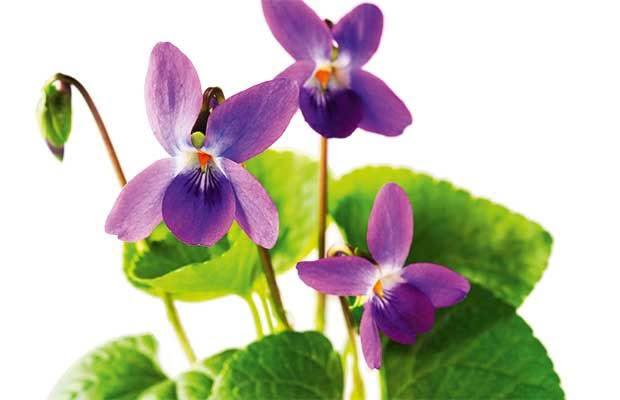
5. SWEET VIOLET (Viola odorata)
Some gardeners find this rhizomatous perennial annoying as it likes to take over in the garden. However, the highly nutritious fresh leaves can be used in salads, stir-fries, and added to pesto. Don’t eat too much though; wild violet is a mild laxative. The flowers are also edible and look gorgeous as a garnish. The leaves contain high levels of vitamins A and C, saponins, phenolic glycosides, and flavonoids. This includes rutin, an antioxidant that helps neutralise damaging free radicals. In various studies, rutin has also been shown to be anti-inflammatory and antimicrobial.
Sweet violet also contains mucilage, often beneficial for the symptomatic relief of coughs and and pulmonary congestion in herbal medicine brews.
HOW TO GROW IT
Plants grow best in areas that get sun in winter and shade in summer. Put plants under deciduous trees or in a partially shaded spot.
THE HARVEST
Harvest young leaves in spring.
HOW TO USE IT
Use fresh or dry in herbal teas. I like to eat the leaves raw for their vitamin C content. Add a few leaves to a smoothie or make violet pesto by swapping out some of the basil leaves for sweet violet.
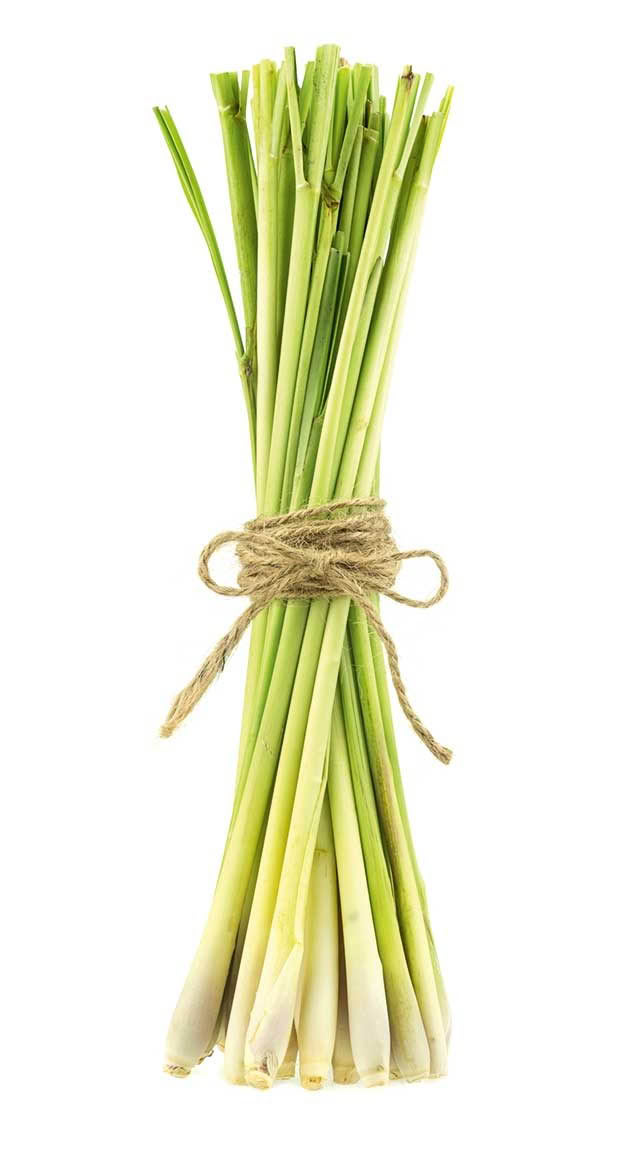
6. LEMONGRASS (Cymbopogon citratus)
This lemon-flavored grassy plant is easy to grow and a delight in the garden, releasing its beautiful scent as you brush past it. The stems contain antioxidant and anti-inflammatory properties, and one study shows inhaling its aroma may help to reduce stress levels.
HOW TO GROW IT
Lemongrass can be divided in spring or summer. Remove 2-3 outer stems, including the roots, trim off the greenery, then plant into a well-manured soil in a frost-free, full sun, sheltered place. You can also place stalks from the supermarket into a jar of water and let the roots grow. In cooler regions, plant in containers and move into a greenhouse, glasshouse or inside over winter.
Plants do best when regularly watered over summer. They go dormant in winter, the outer leaves turning brown and withering. In spring, cut back old growth and trim leaves to 10cm above the stems.
THE HARVEST
Harvest in the second year after sowing – use stems that are at least 1cm wide.
Love this story? Subscribe now!
 This article first appeared in NZ Lifestyle Block Magazine.
This article first appeared in NZ Lifestyle Block Magazine.
